EXPORT AGRO PROJECTS
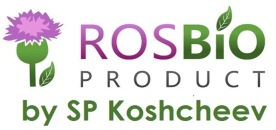
agricultural, AGRO-INDUSTRIAL
PRODUCTS OF RUSSIA
CEREALS, FLOUR, FOOD ADDITIVES
GREEN ALFALFA GRANULES, FEED PELLETS and ADDITIVES
EDIBLE AND THERAPEUTIC GRADE VEGETABLE OILS
PLANT EXTRACTS, POWDERS, INGREDIENTS OF HEALTHY AND FUNCTIONAL NUTRITION, SHILAJIT, TAXIFOLIN
wild-growing DRY MUSHROOMS AND BERRIES
SUNFLOWER SEED: PURIFIED KERNEL, OIL, LECITHIN, PROTEIN, POLYSACCHARIDE SYRUP
INDUSTRIAL ORGANIC PRODUCTS, PAPER: A4 OFFICE PAPER, OFFSET PAPER, PREMIUM PAPER TOWELS
Products from SHILAJIT
Shilajit resin
It is obtained by melting the raw rock Shilajit, stratification with stirring (foam and light debris of grass goes up, stones and sand down, in the middle of the melt Shilajit). Next, the melt is poured into a clean vat. And so the process of cleaning the Shilajit resin melt goes on several times. Density 1.3
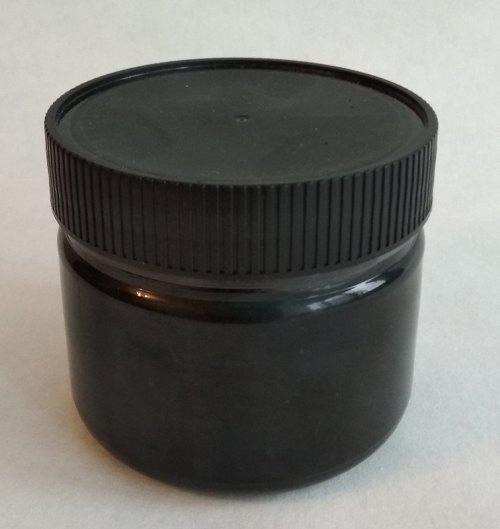
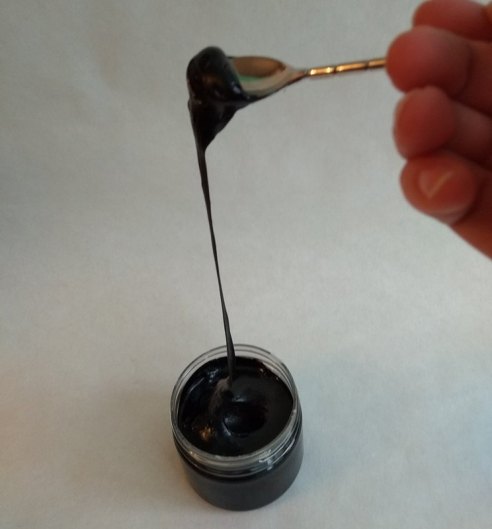

Shilajit viscous extract
It is obtained by dissolving Shilajit rock raw in warm distilled water, further fine purification of the solution from sediment and further dehydration of the solution to a viscous state in a vacuum dryer. Density 1.35
Extracts from the bark of the Daurian / Siberian larch
Taxifolin (dihydroquercetin ) is a natural antioxidant, flavonoidderived from Siberian and Daurian leafhopper (lat. Lárix sibírica, lat. Larix dahurica), ranks first among known antioxidants, в including. таких как vitamins C, E and beta-carotene; itis the most effective antioxidant (antioxidant preservative).
Chemical/IUPAC Name (2R-trans)-2-(3,4-dihydroxyphenyl)-2,3-dihydro-3,5,7-trihydroxy-4-benzopyrone. Functional purpose-an antioxidant.
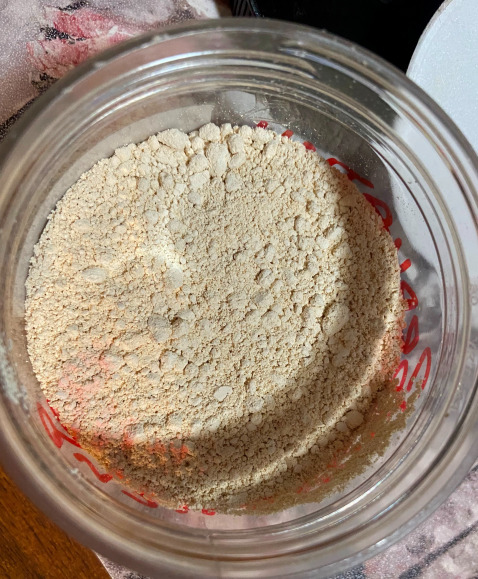
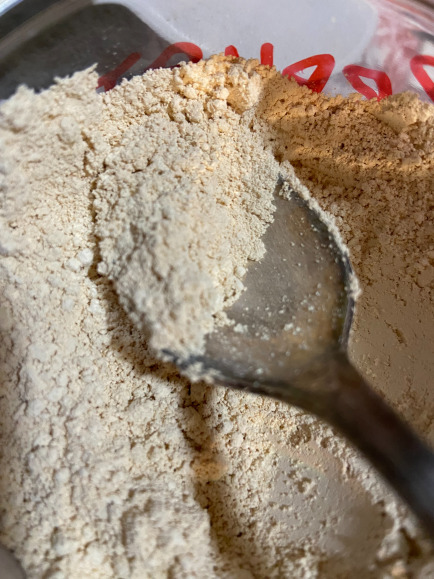
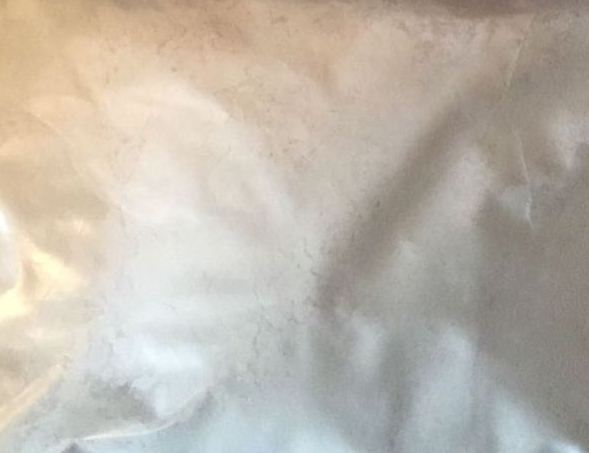
Areas of application.
Taxifolin (dihydroquercetin) is intended for use in the pharmaceutical, cosmetic, and food industries.
Taxifolin (dihydroquercetin) as raw materials for dietary supplements and medicines
Due to its pronounced antioxidant and capillar-protective properties, taxifolin (dihydroquercetin) is most actively used in the production of biologically active food additives and medicines. The range of its preventive properties is extremely wide:
- Antioxidant activity. Taxifoline (dihydroquercetin) inhibits the process of free radical oxidation.
- Capillaroprotective activity. Strengthens the walls of blood vessels, increases blood flow.
- Anti-inflammatory activity. Taxifoline (dihydroquercetin) slows down inflammatory reactions in the body, improves the supply of oxygen to cells.
- Radio protection activity. Taxifoline (dihydroquercetin) has the ability to actively "quench" hydroxyl radicals, which are the main agents under the action of ionizing radiation.
- Hepatoprotective activity. It has a protective effect on the liver, normalizes the cell membrane and the structure of hepatocytes, accelerates the restoration of damaged liver parenchyma, thereby enhancing its detoxification function.
- Detoxification activity. The detoxification effect of Taxifolin (dihydroquercetin) consists in direct interaction with toxins, binding them to a stable form with subsequent elimination from the body. By improving capillary blood flow, the process of removing toxins from the intercellular space is accelerated.
Taxifolin (dihydroquercetin) kak raw materials for the cosmetics industry
It is used in the cosmetics industry:
• as an antioxidant to extend the shelf life of raw materials and finished fat-containing cosmetic products. It is used in the production of face and body creams and jellies, lotions, shampoos, hair balms, toothpastes;
• as an antioxidant, in various products for skin care of the face and body, hair, nails.
Effect of Dihydroquercetin (Taxifolin) in cosmetic products:
- protects cells from harmful effects caused by anexcess of free radicals;
- promotes inhibition of oxidative damage to skin fibroblasts caused by glutathione depletion. It is an anti-aging agent of the skin, forms and stabilizes collagen;
- helps prevent oxidation of the product itself, if the cosmetics contain unsaturated fatty acids that are easily susceptible to oxidation;
- antibacterial and anti-inflammatory effect in cosmetics for the care of problem skin, reducing inflammation and redness of the skin;
- helps prevent skin diseases caused by bacteria of the genus Staphylococcus aureus, such as empyema, boils, barley, etc..;
- shows a strong antifungal effect;
- has a pronounced immunomodulatory effect;
- prevents or reduces morphological changes in the skin ofpatients with vulgar psoriasis;
- it can be usedto treat leishmaniasis.
- can be used to treat atopic dermatitis;
- inhibits the growth Streptococof Streptococcus sobrinus bacteria thatcause tooth decay;
- eliminates excessiveoiliness, giving the skin a healthy appearance;
- has a pronounced capillaroprotective effect, strengthens the walls of blood vessels, increasing their tone, stimulates cell metabolism;
- has an antitumor effect;
- protects your skin from UV exposure. Prevents the development of skin carcinogenesis caused by exposure to the UV spectrum of radiation;
- creams / masks based on dihydroquercetin (taxifolin) soften, smooth the skin, protect it from aggressive environmental influences;
- has a pronounced moisture-retaining effect;
- helps to inhibit the process of melanogenesis, acts against skin pigmentation;
- accelerates the process, reduces the time of wound healing, promoting skin regeneration, includingchemical and thermal burns;
- enhances the action of ascorbic acid (vitamin C).
Taxifolin (dihydroquercetin) does not exhibit mutagenic or allergic properties.
Dihydroquercetin (Taxifolin) as a raw material for the food industry
In the food industry, dihydroquercetin (Taxifolin) is used as an antioxidant to increase the shelf life of the product, and as a food additive to give the food product therapeutic properties. Dihydroquercetin prevents the process of self-oxidation of food products, which helps to increase the duration of their shelf life by 1.5-4 times. The presence of even small amounts of dihydroquercetin in parapharmaceutical foods helps protect the body from the harmful effects of free radicals.
Dairy and fat and oil industry
The introduction of dihydroquercetin (taxifolin) in the formulation of dairy and fat-and-oil products slows down the process of lipid peroxidation, increases the shelf life by 1.5-3 times, increases the biological value of the product and preserves the original organoleptic parameters. Dihydroquercetin allows you to replenish the antioxidants lost during the technological process.
Confectionery industry
The introduction of dihydroquercetin (taxifolin) in sugar confectionery improves their quality and increases their shelf life by 2-2. 5 times. Dihydroquercetin has an inhibitory effect on the process of lipid oxidation, slowing down the oxidation processes not only in relation to products in which dihydroquercetin is introduced, but also in the human body that consumes such products.
Meat, fish and poultry industries
The use of dihydroquercetin (taxifolin) increases the shelf life of meat products and semi-finished products: minced chicken and meat, cutlet masses, dried sausages from chicken and turkey, pork and chicken fats by 1.5-4 times.
Production of non-alcoholic and alcoholic products
The introduction of dihydroquercetin (taxifolin) in the composition of kvass helps to impartу parapharmaceutical properties to beverages, inhibit the function of yeast reproduction and reduce their viability, which makes it possible to increase the shelf life by 2.5 times.
The purpose of introducing an antioxidant into the formulations of alcoholic beverages is to reduce the burden on the liver and the consequences of hangover syndrome, as well as to refine the taste.